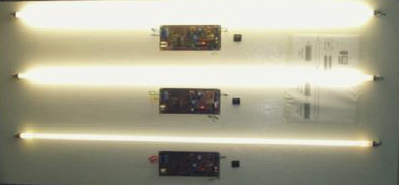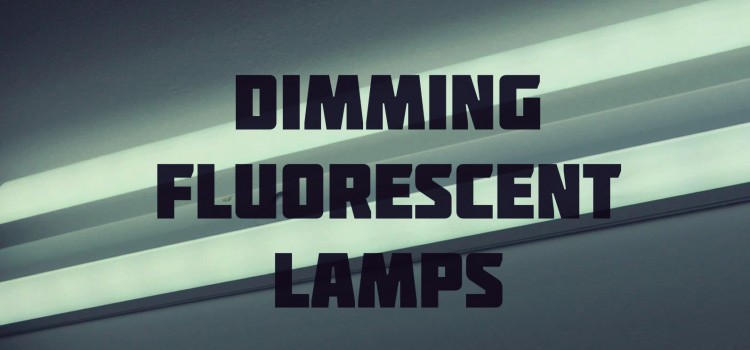Many think that because it is possible to save energy by dimming regular incandescent bulbs, the same applies to linear fluorescent lamps, too. However that isn’t true mainly because both of these type of bulbs work in different ways which is why they cannot be considered as equals. Rather they need to be regarded as two different type of bulbs with different characteristics and two distinct ways of operating. Which is why it is necessary to look at dimming of florescent lamps separately from dimming of incandescent ones.
There are two different ways you can dim a lineal fluorescent lamp like the T5 or T8 grow light:
- The first way is to dim the light with the analog method. As you can imagine the analog method is not only the more established one but also the more familiar method of the two because it has been around for longer. You achieve analog dimming of a fluorescent grow light by decreasing the voltage that the lamp gets which in return decreases the light output and the light appears dimmed. There three main ways to do the analog diming – using four-wire control, two-wire control or three-wire phase control where for each of these methods you use specific wire count to relate the dimming signal to the ballast of the fixture because the ballast is connected to the powerline and is able to decrease the voltage that the lamp is using.
- The second way to dim a florescent grow light is to do it digitally. The base of the digital diming method comes from the analog one because you still need to use wires to connect to the ballast however in addition to them you are also using a micro-controller which is where the digital aspect comes in. The micro-controller is used to store the digital inputs for example the ballast addresses so you can program several different stages of the dimmed light and use them as you need over longer period of time.
Although even now in most cases the analog method is used for dimming florescent lights you still need to use multiple components to achieve it and therefore it can prove to be quite complex and unreliable in some cases when the dimming needs to happen in certain moment or certain count of times. Which is why there probably are myths and misunderstandings about the dimming of linear fluorescent light as well as about how these lights work in general.
 One of the most common myths probably is that fluorescent lights doesn’t have restrictions as to in what environments they can operate. However, not without reason there are temperature restrictions often printed on the boxes of fluorescent grow lights because they are temperature sensitive and often can prove to be useless in extremely cold or scorching hot temperatures.
One of the most common myths probably is that fluorescent lights doesn’t have restrictions as to in what environments they can operate. However, not without reason there are temperature restrictions often printed on the boxes of fluorescent grow lights because they are temperature sensitive and often can prove to be useless in extremely cold or scorching hot temperatures.
Then there is the myth which suggests that people believe that by dimming fluorescent lights that will extend the life-cycle of the lights like it is with the old incandescent bulbs. But the truth is that even if the fluorescent light is dimmed the lifespan of the lamp isn’t extended in any way because fluorescent lights still have to maintain the heat to properly work dimmed or not, therefore even dimmed the light will working as if it wouldn’t be dimmed. And with dimming the light you can actually mess up the heating of the light and cause the lamp to fail altogether which will be worse than if the lamp will work couple hours less.
And lastly there is the myth about one being able to save electricity by dimming a fluorescent light as I mentioned at the beginning of this article. And although there is the possibility that you will save a little energy by dimming your lights there are other more efficient ways to save electricity regarding the usage of fluorescent lights. Moreover because of the way fluorescent lights work as soon as you dim them using analog or digital method upon turning them on they will actually consume more watts therefore more electricity and only after a couple of minuter the watt consumption will decrease so you can end up not saving any electricity at all.




